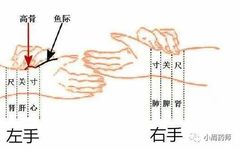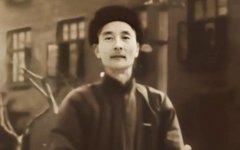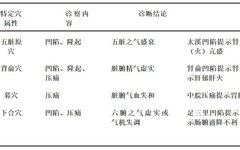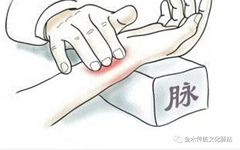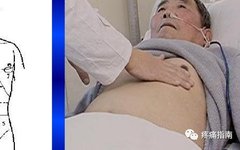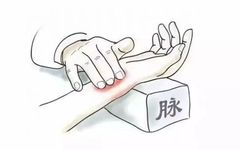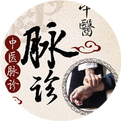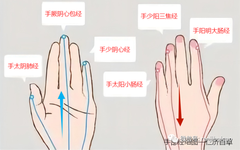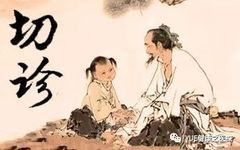ZDAY146: Fundamentals of TCM Diagnosis (Part 9) Four Examinations (Part 4) Pulse Diagnosis (1) Locations and Pulse Assessment of Zang-Fu Organs
Pulse diagnosis, which includes both pulse examination and palpation, is a method used by practitioners to assess a patient’s condition through touch at specific body locations. Pulse diagnosis is a primary means of diagnosing diseases in Traditional Chinese Medicine (TCM). (1) Locations of Pulse Diagnosis and Assessment of Zang-Fu Organs Pulse diagnosis, also known as … Read more

